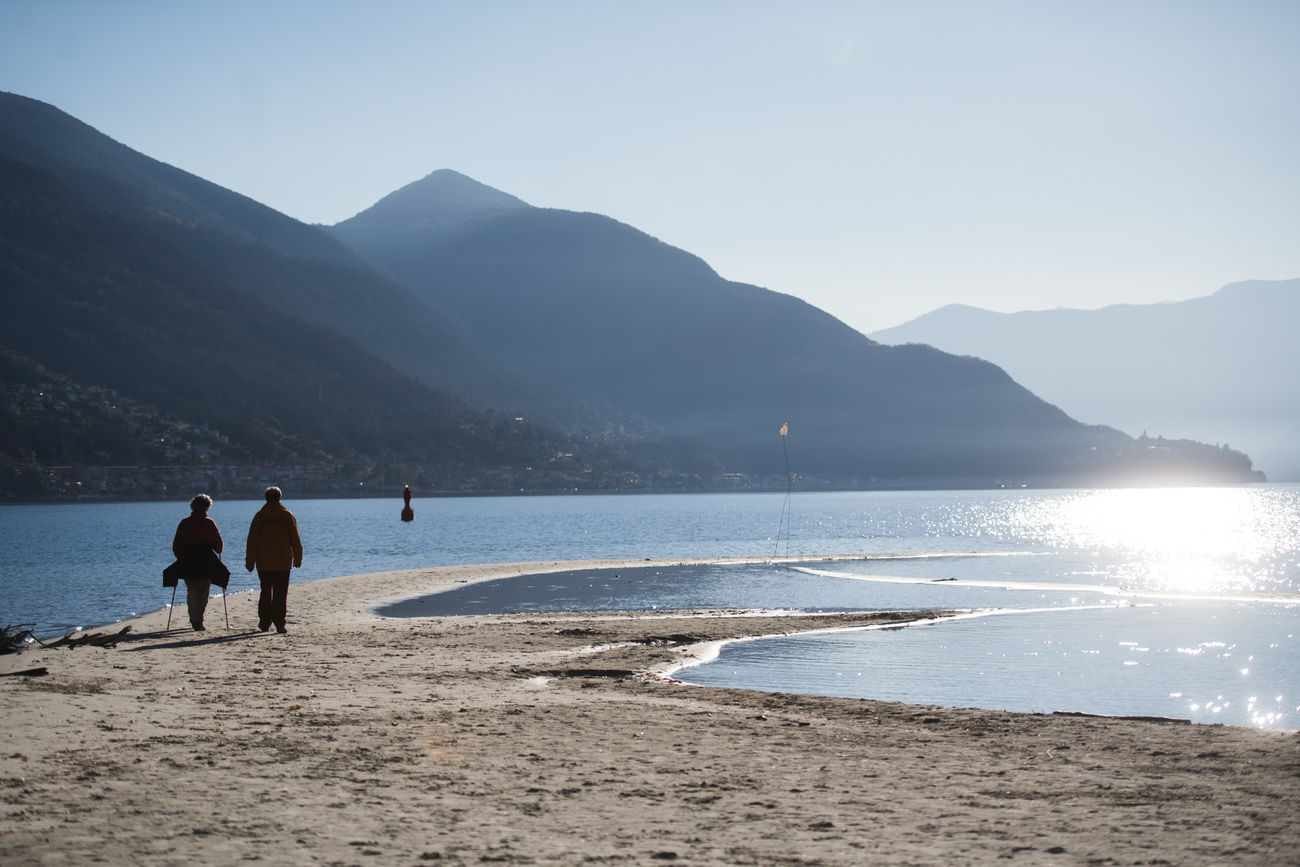Remote Sensing, Vol. 15, Pages 4393: Two-Level Feature-Fusion Ship Recognition Strategy Combining HOG Features with Dual-Polarized Data in SAR Images
Remote Sensing doi: 10.3390/rs15184393
Authors: Hongtu Xie Jinfeng He Zheng Lu Jun Hu
Due to the inherent characteristics of synthetic aperture radar (SAR) imaging, SAR ship features are not obvious and the category distribution is unbalanced, which makes the task of ship recognition in SAR images quite challenging. To address the above problems, a two-level feature-fusion ship recognition strategy combining the histogram of oriented gradients (HOG) features with the dual-polarized data in the SAR images is proposed. The proposed strategy comprehensively utilizes the features extracted by the HOG operator and the shallow and deep features extracted by the Siamese network in the dual-polarized SAR ship images, which can increase the amount of information for the model learning. First, the Siamese network is used to extract the shallow and deep features from the dual-polarized SAR images, and then the HOG feature of the dual-polarized SAR images is also extracted. Furthermore, the bilinear transformation layer is used for fusing the HOG features from dual-polarized SAR images, and the grouping bilinear pooling process is used for fusing the dual-polarized shallow feature and deep feature extracted by the Siamese network, respectively. Finally, the catenation operation is used for fusing the dual-polarized HOG features and dual-polarized shallow feature and deep feature, respectively, which are used for the recognition of the SAR ship targets. Experimental results tested on the OpenSARShip2.0 dataset demonstrate the correctness and effectiveness of the proposed strategy, which can effectively improve the recognition performance of the ship targets by fusing the different level features of the dual-polarized SAR images.

 7 months ago
48
7 months ago
48


